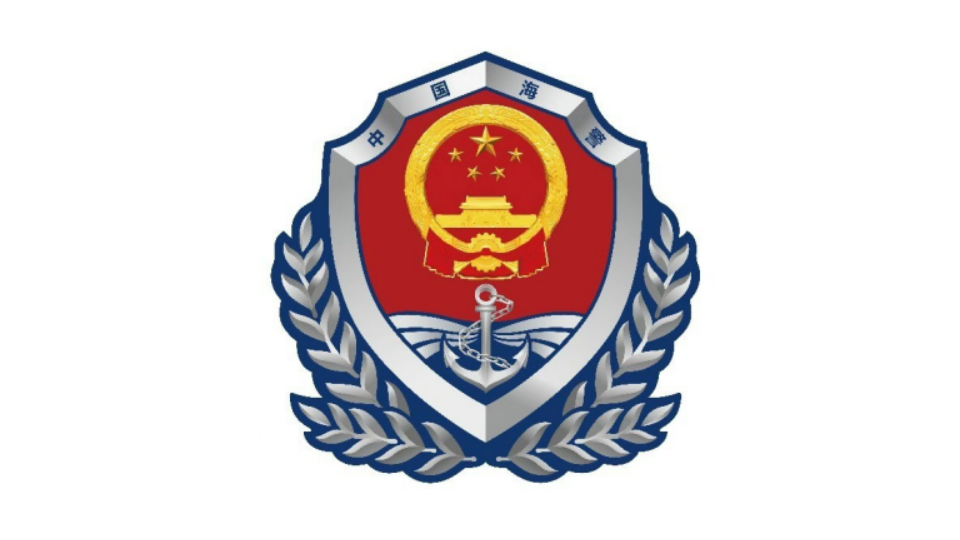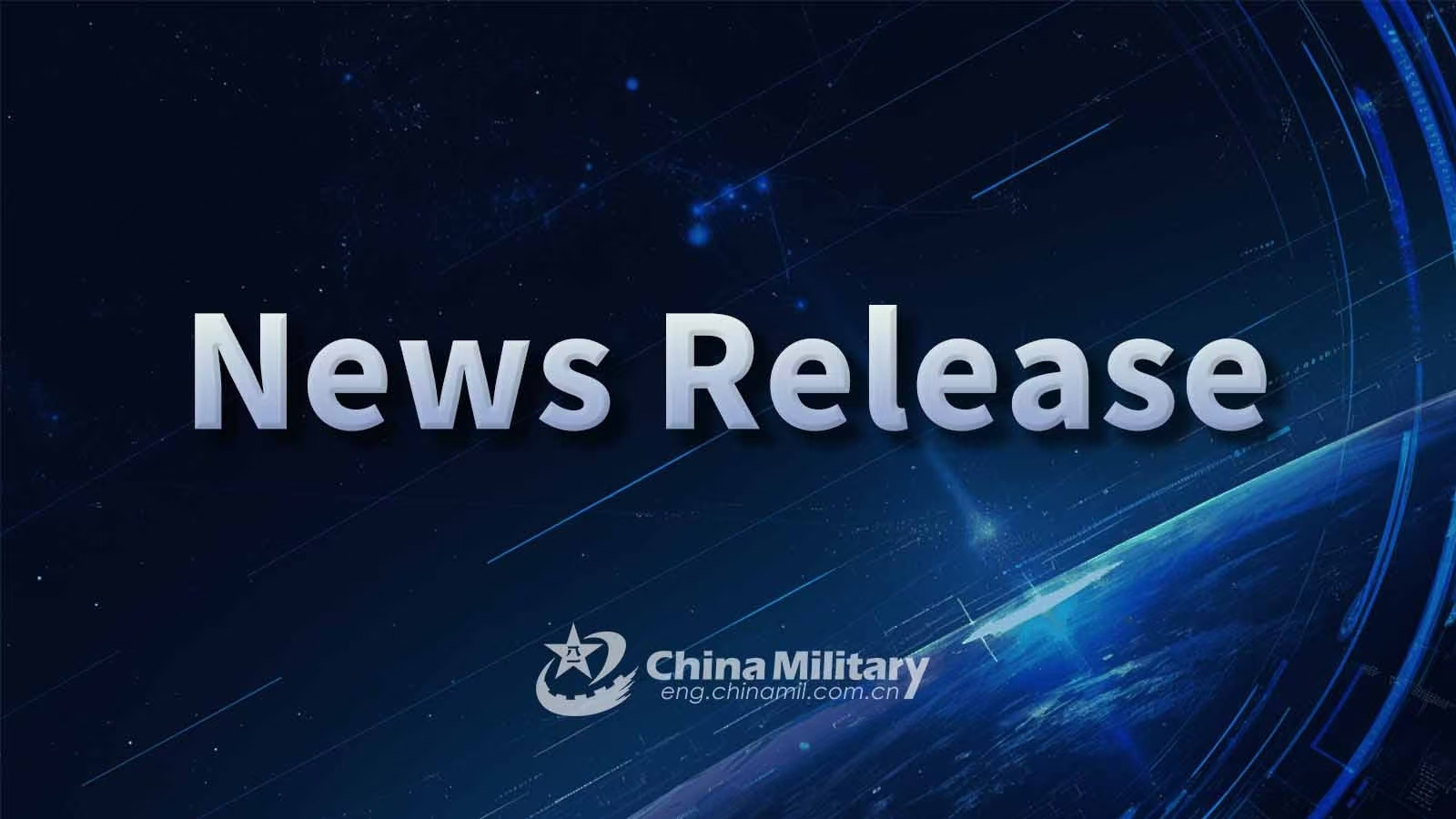By Zhang Junshe
Recently, Japan's Ministry of Defense (JMOD) released a defense budget request for the fiscal year of 2025. According to the request, the Japan Maritime Self-Defense Force (JMSDF) will undergo the largest-ever organizational restructuring over the past 60-plus years in the near future. This has drawn a lot of attention.
The most notable adjustment is the abolition of units with the term "Escort" in their names, such as the Fleet Escort Force and the Escort Flotillas. To be specific, the Fleet Escort Force, which has a 63-year history and previously oversaw surface combat vessels and replenishment ships, will be replaced by the newly established Fleet Surface Force; the four existing Escort Flotillas will be reorganized into three Surface Battle Groups; and the Fleet Surface Force will also oversee a new Amphibious Mine Warfare Group and a Patrol Defense Group. Each of the three Surface Battle Groups will be equipped with a helicopter destroyer (essentially a helicopter carrier), and the newly established Amphibious Mine Warfare Group will also be equipped with a helicopter destroyer. This round of reforms is expected to be completed by the end of the fiscal year of 2025.
Nominally, Japan aims at a more effective integration of its existing main naval vessels. However, given the continuous increase of Japan in defense spending and its ongoing efforts to breach its commitments under the pacifist constitution in recent years, the underlying intentions have raised concerns among neighboring countries. An official of the JMOD said that the three Surface Battle Groups were established in response to the operational need for flexibility on three fronts. To some extent, the regional exclusively defense-oriented attribute of the main force of the JMSDF is being further weakened.
The significant adjustment in the JMSDF inevitably brings to mind a historical term that has been long forgotten, the Combined Fleet. It was a strategic and operational corps of the Imperial Japanese Navy in the first half of the 20th century. Responsible for conducting aggressive operations in the middle to far seas, it served as the vanguard for Japan's occupation of East Asian countries. Obviously, Japan is planning to develop an offensive naval strike force, which will strengthen its military presence in the waters surrounding its neighboring countries, enhance its involvement in regional security affairs, and be capable of engaging in conflicts with potential adversaries in three directions during wartime. It could even launch preemptive strikes and amphibious assaults, potentially leading to the occupation of foreign territories once again. In essence, there is no difference between the current Fleet Surface Force and the Imperial Japanese Navy's Combined Fleet.
As the one who launched aggression war in the Asian theater of World War II and a defeated nation, Japan adopted a pacifist constitution and exclusively defense-oriented policy after the war. This required Japan to renounce the possession of land, sea, and air forces, and its military capabilities were restricted to self-defense, known as the Japanese Self-Defense Forces (JSDF). However, militarism has never been completely eradicated within Japan. In recent years, the Japanese government has been scheming and employing various strategies to break free from the constraints of the Pacifist Constitution and the exclusively defense-oriented policy. It has been vigorously developing offensive military capabilities and acquiring advanced American fighter jets and cruise missiles. Japan has also actively supported US geopolitical strategies by increasing its military presence in the Asia-Pacific region and the rest of the world and seeking various excuses to continuously deploy forces overseas.
Japan is gradually accumulating changes that seem minor but are strategically significant to gradually bypass the constraints of the Pacifist Constitution. The aim is to seek the status as a major global political and military power, realize the "normalization" of the nation, and enhance its influence on international security affairs. This approach reflects a long-standing tactic of Japan's right-wing forces. The author holds that, based on historical precedents, neighboring countries of Japan and the international community should rightly remain vigilant regarding the Japanese military and security developments.
(The author is a naval military expert)
Editor's note: Originally published on huanqiu.com, this article is translated from Chinese into English and edited by the China Military Online. The information and opinions in this article do not necessarily reflect the views of eng.chinamil.com.cn.









